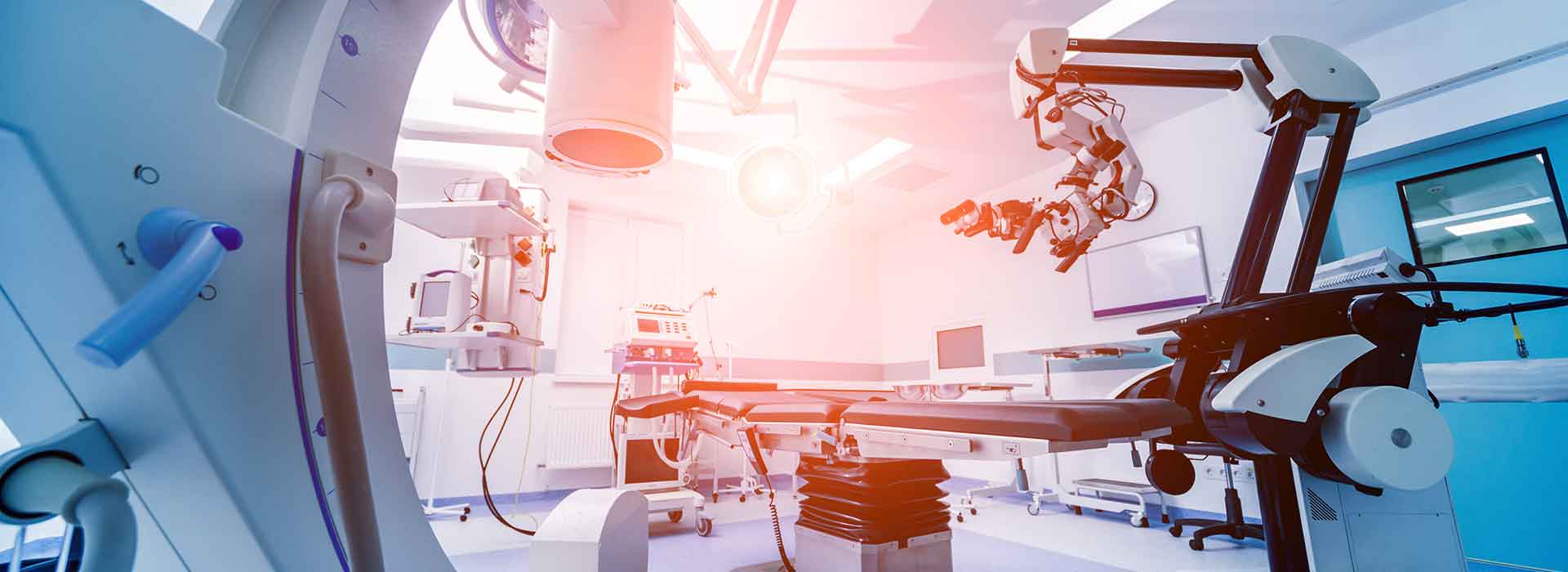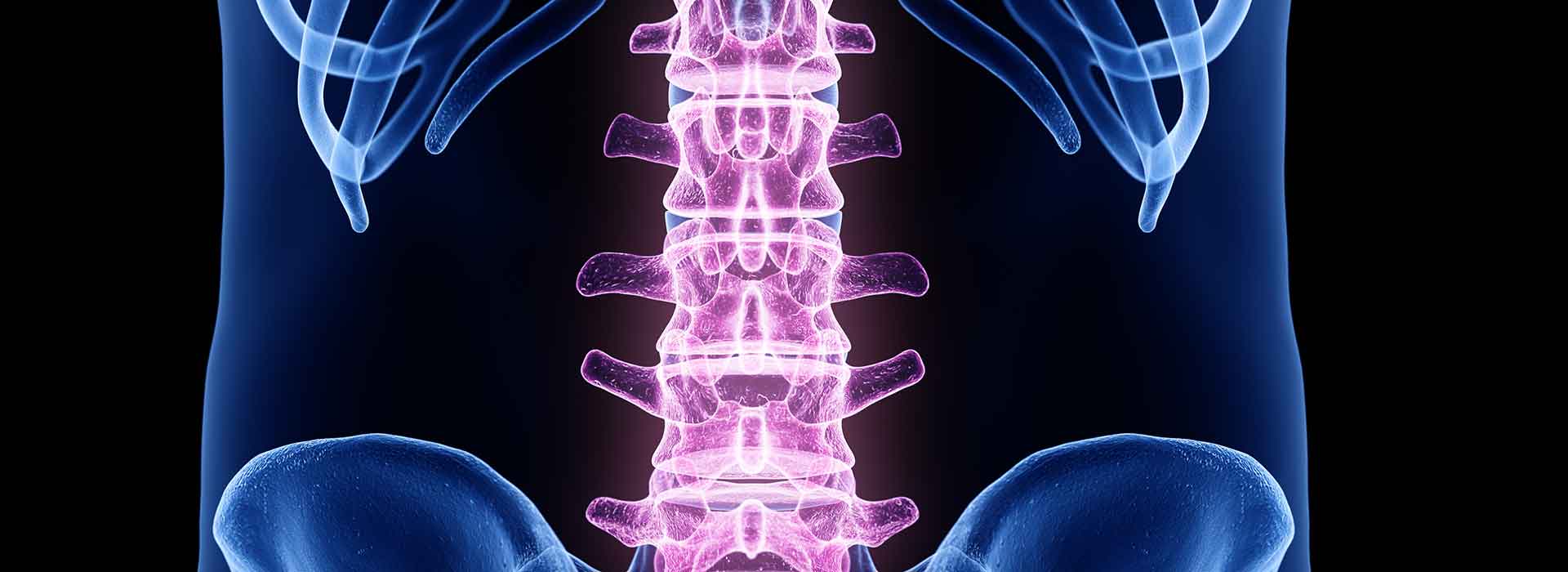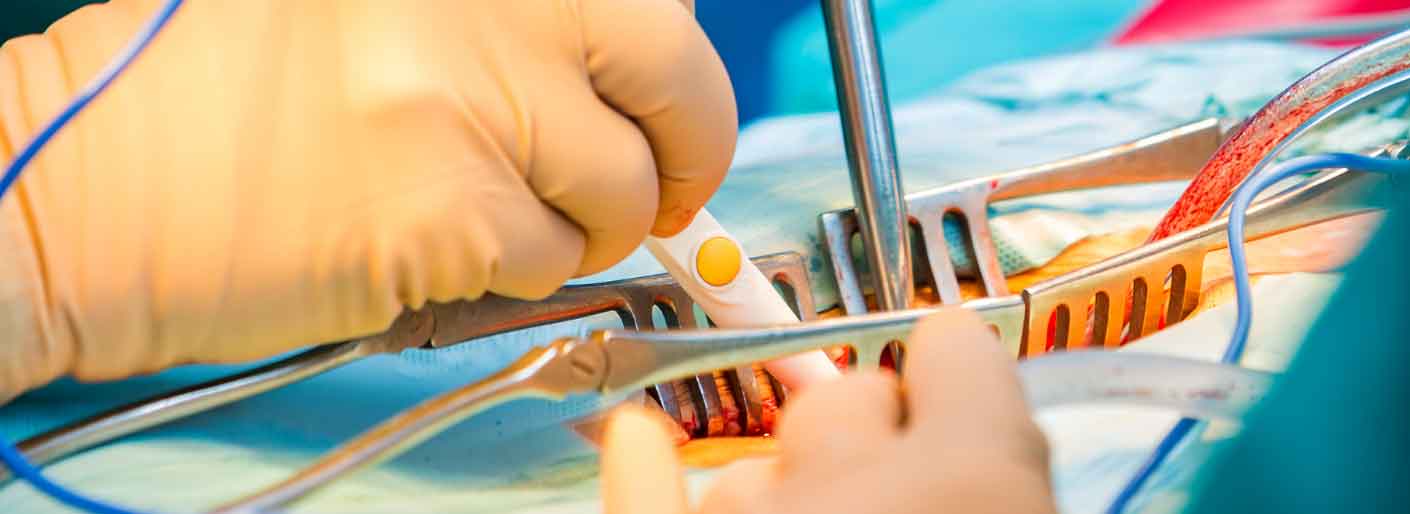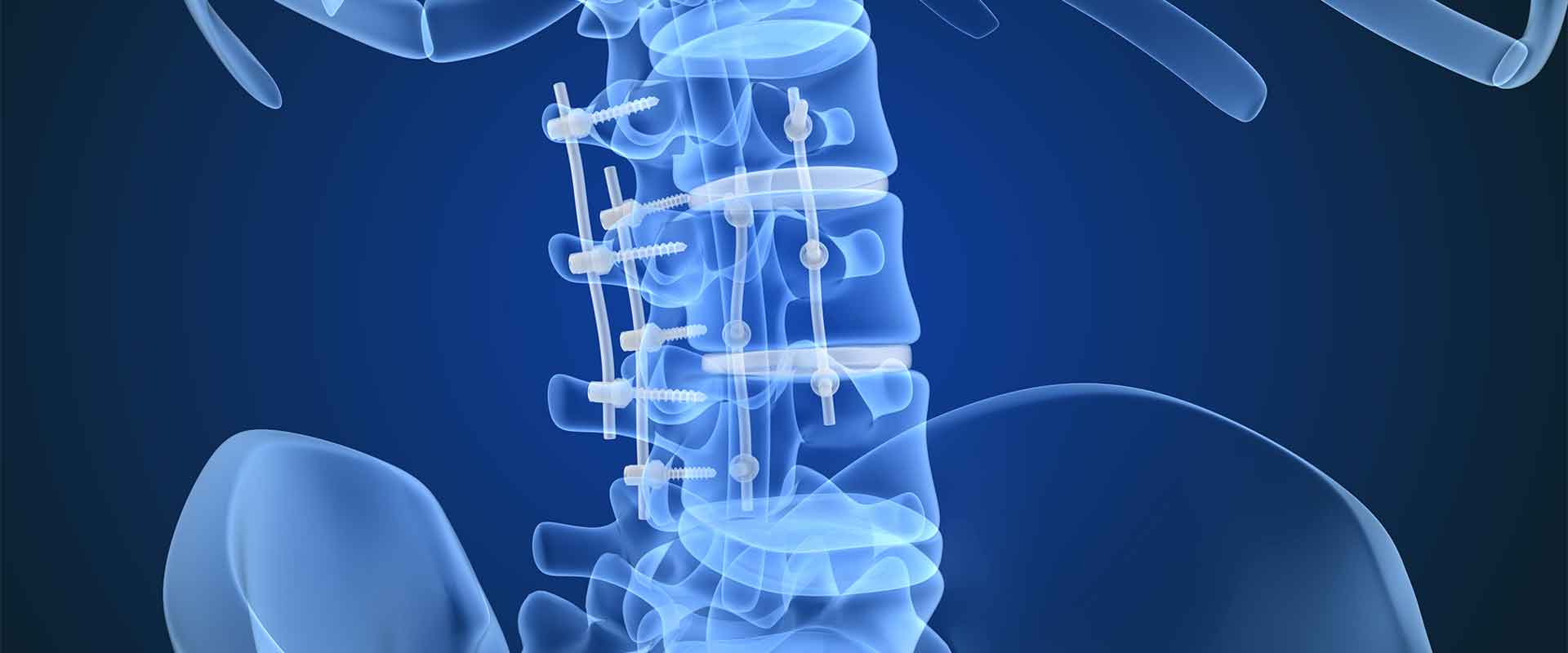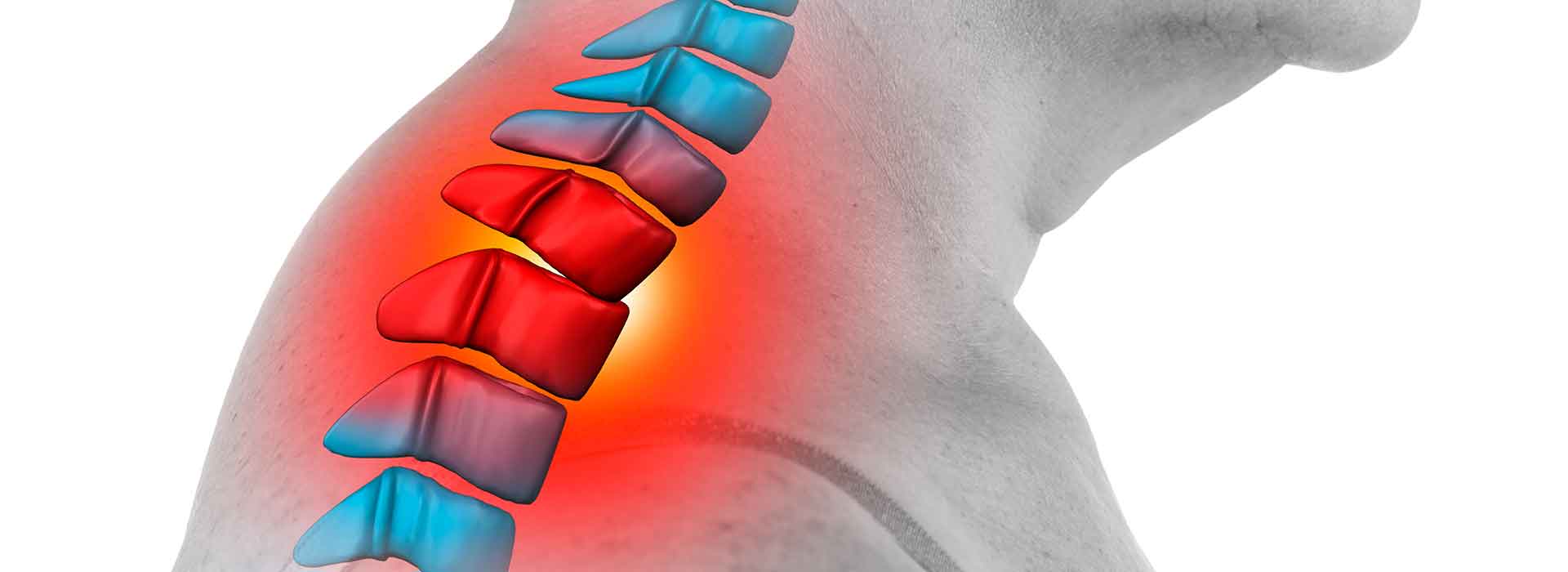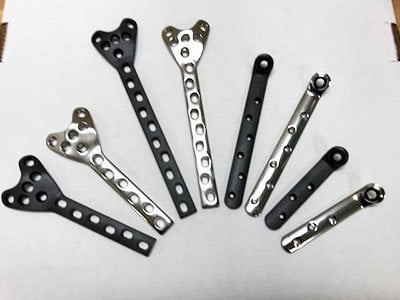Plastic is everywhere in medicine, from single-use instrumentation and prosthetics, to spinal fusion and cardiovascular applications. Plastic can fill so many roles in medicine because there are many plastics available to medical facilities. They include polyurethane, polyethylene and polytetrafluoroethylene (PTFE), along with high-performance polymers like polyetheretherketone (PEEK).
Polymers are featured in an array of life-saving devices and instruments, including:
- Single-use instruments – Single use instruments, like syringes and tubing, are helping hospitals control the spread of disease. According to the Alliance for Aging Research, nearly two million Americans develop a hospital-acquired infection (HAI) every year, and about 99,000 people die from one. Some instrumentation, like tools used to draw blood, are extremely difficult to keep sterile, but single-use instruments remove this risk.
- Prosthetics – Plastics are featured in many prosthetics, where they are prized for their resilience and wear resistance. When reinforced with carbon fiber, plastics possess impressive weight-bearing capabilities and enhanced strength. Many modern prosthetics are, at least in part, plastic.
There are hundreds of uses of plastic in healthcare, so this list is by no means complete, but there’s one plastic that deserves extra attention because it’s revolutionizing medicine.
What are PEEK’s uses in medicine?
PEEK is featured in several fields of medicine, and it’s quickly emerging as a frontline biomaterial in those fields. Here’s where PEEK is making an impact, and what the future holds for the polymer:
• Spinal fusion procedures – PEEK’s success as an interbody fusion cage is well known at this point, as it has been used in spinal fusion for 20 years. The patient reports are excellent and there’s newer, better interbody fusion cages on the near horizon. The next wave of cages are designed with microporous structures and advanced materials like hydroxyapatite. These new implant features encourage bone-in growth, resulting in tighter, more reliable fusion between PEEK and bone.
• Orthopedic and arthroscopic procedures – PEEK is an important biomaterial for an aging world population, as it can be used in hip and knee joint replacement procedures. The polymer is an effective weight-bearing material, so it can be incorporated into acetabular cups. PEEK’s wear resistance is also a critical part of its success in joint replacement as it can take the constant compression that comes with walking or running. A study published in the Journal of Engineering in Medicine put carbon-reinforced PEEK (CFR PEEK) through a prolonged wear test, and after one million cycles, researchers recorded only a single mm3 of wear. That’s durable.
• Cardiovascular tubing and components – The cardiovascular network is a challenge to navigate, but PEEK is well-suited to the vascular environment. PEEK tubing is used in cardiovascular procedures, as it brings an excellent mix of pushability (how much force is needed to move the tubing forward through the vascular network) and navigation (how well the tubing can move through a non-linear vascular segment).
PEEK is a low friction material, so it will not stick to the inside wall of arteries or veins, and it can be used to deliver replacement valves and stents. Further, PEEK is built into ablation catheters and auto defibrillators because it is an effective electrical isolator, which will help prevent accidental electrical discharge, which can result in injury.
PEEK has one of the highest tensile strengths of any polymer, which means it can be used to tether or anchor other components in place. This is how PEEK is used in the less invasive ventricular enhancement (LIVE) procedure. During the LIVE procedure, anchors are embedded in any scar tissue that is affecting the heart’s shape or function. These anchors are held in place with the use of a PEEK tether, which keeps the anchors properly positioned, relative to each other.
• Partial dentures and dental implants – PEEK is a sought after dental material because it offers superior aesthetics, comfort and durability. Aesthetics are important for partial dentures, as they can be visible any time the patient opens their mouth. Comfort is also important for partial dentures, as some dental materials can affect the patient’s taste or provoke an allergic reaction. PEEK won’t do either, and it won’t trap heat either.
PEEK’s usefulness as a dental implant has to do with its flexural modulus and radiolucency. PEEK flexes and handles weight like cortical bone, so it will not rob neighboring bone of needed, constructive stress. At the same time, it will provide bone-like support for neighboring tissues and for the implant.
Plastics are ubiquitous in healthcare, no matter what field of medicine you’re considering. Spinal fusion, orthopedics, trauma fixation, cardiovascular, dental – PEEK is a frontline biomaterial in every instance, and the most accomplished polymer in advanced medicine.




